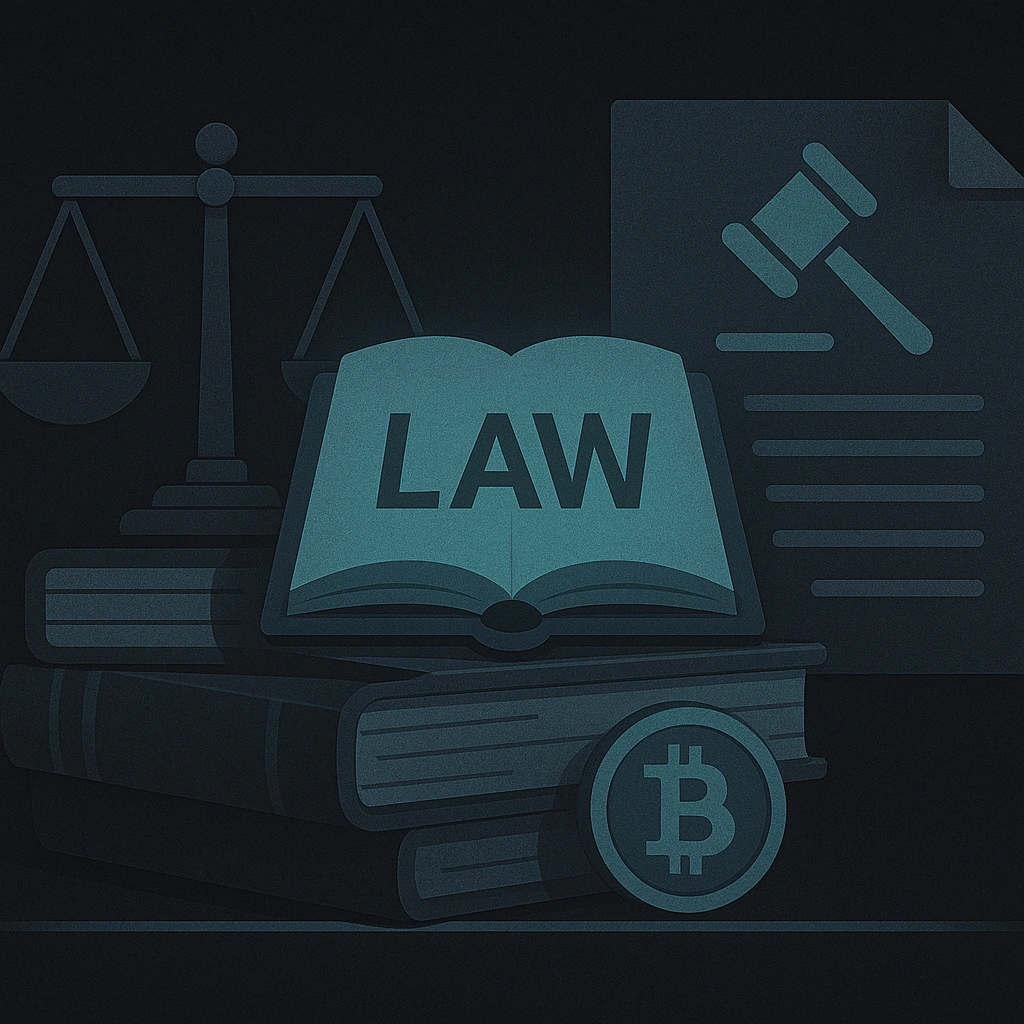For years, one of the biggest challenges facing the crypto industry has been regulatory uncertainty. In 2025, that uncertainty is gradually giving way to clearer frameworks as global governments introduce comprehensive crypto regulations.

From the MiCA regulation in the EU to stablecoin laws in the USA and the GENIUS Act, the world is entering a new era of compliance and legitimacy for digital assets. These frameworks are redefining how stablecoins, exchanges, and decentralized protocols operate — balancing innovation with investor protection.
The Need for Regulatory Clarity in Crypto
Blockchain technology has evolved faster than lawmakers could react. The result was a fragmented environment:
- Some countries embraced crypto innovation,
- Others imposed strict restrictions or bans,
- Many remained uncertain, deterring institutional adoption.
However, with the crypto market now integrated into mainstream finance, regulators can no longer ignore its impact. Clear rules provide not only investor safety but also credibility for financial institutions and corporations looking to participate in Web3.
MiCA Regulation in the EU: A Global Milestone
The MiCA regulation (Markets in Crypto-Assets) is the European Union’s most comprehensive crypto law to date. Enacted in 2024 and phased in through 2025, MiCA provides a unified framework for crypto assets across all 27 EU member states.
Key Features of MiCA Regulation Crypto EU:
- Licensing and Authorization: Crypto-asset service providers (CASPs) must register and comply with operational standards.
- Stablecoin Oversight: Issuers of “asset-referenced tokens” and “e-money tokens” must maintain reserves and transparency reports.
- Consumer Protection: Clear disclosure requirements for whitepapers and risk warnings.
- Market Integrity: Anti-manipulation and insider trading rules, similar to those in traditional finance.
By setting these standards, MiCA regulation crypto EU not only protects users but also attracts institutional investors who previously avoided the unregulated market.
Stablecoin Regulation in the USA
Across the Atlantic, the stablecoin regulation USA is also moving forward, aiming to define how dollar-pegged digital assets operate within the traditional financial system.
Key Points of the U.S. Stablecoin Framework:
- Reserve Requirements: Stablecoin issuers must hold high-quality liquid assets (such as cash or Treasury bills) equal to the value of issued tokens.
- Banking Supervision: Issuers may be required to register as depository institutions or work with licensed custodians.
- Transparency & Audits: Regular disclosures of reserve holdings and third-party audits.
- Federal vs. State Jurisdiction: A unified federal approach is being developed to replace the patchwork of state-level rules.
The U.S. seeks to ensure that stablecoins — now used in billions of daily transactions — are both safe and interoperable with the banking system.
The GENIUS Act and Its Role in Stablecoin Regulation
The GENIUS Act (Guaranteed and Enforceable Nationwide Integrity in Uniform Stablecoins), introduced in the U.S. Congress, represents one of the most significant legislative efforts to date.
The GENIUS Act Stablecoins Framework:
- Legal Clarity: Defines stablecoins as a new class of digital money with clear issuance standards.
- Reserve Backing: Mandates full collateralization with cash or short-term government securities.
- Transparency: Requires frequent attestations and public reporting of reserve assets.
- Consumer Protection: Establishes redemption rights for holders to convert stablecoins into fiat at any time.
If enacted, the GENIUS Act stablecoins could serve as a global benchmark for responsible stablecoin issuance and pave the way for cross-border regulatory harmonization.
Global Trends in Crypto Regulation
Beyond the EU and USA, other regions are advancing their own frameworks:
- UK: Adapting financial promotion rules for crypto assets under the FCA.
- Asia: Japan, Singapore, and Hong Kong are introducing stablecoin-specific licensing regimes.
- Middle East: Dubai’s VARA authority is setting transparency and compliance standards for exchanges and DeFi platforms.
The direction is clear — regulatory alignment is accelerating, fostering an international standard that bridges traditional finance and blockchain.
How Regulation Impacts Investors and Innovation
While some crypto enthusiasts fear that regulation may slow innovation, the opposite may be true. Clear laws can unlock institutional capital, reduce fraud, and legitimize new financial products such as tokenized securities or RWAs (Real World Assets).
Benefits of regulatory clarity include:
- Investor Confidence: Legal recognition improves trust and participation.
- Institutional Adoption: Banks and funds can safely hold or issue digital assets.
- Cross-Border Consistency: Unified standards enable interoperability.
- Risk Mitigation: Defined rules reduce exposure to scams and volatility.
The Future of Crypto Regulation
By 2026, crypto regulation will likely mature into a globally coordinated system where stablecoins, exchanges, and decentralized protocols coexist within legal boundaries.
The combination of MiCA, U.S. stablecoin laws, and frameworks like the GENIUS Act marks a pivotal moment: crypto is evolving from a speculative frontier into a structured financial ecosystem.
The coming years will test how well regulators can protect consumers without stifling innovation — a balance that will define the next era of digital finance.
Final Thoughts
The age of regulatory uncertainty is ending. As MiCA regulation crypto EU, stablecoin regulation USA, and the GENIUS Act stablecoins framework take shape, the industry is transitioning toward legitimacy and stability.
For investors, compliance-focused projects may become the most sustainable opportunities in the evolving Web3 economy. For policymakers, these frameworks represent the foundation of a transparent and trusted digital future.




